
Dr. Angela Lauria and her co-host, Matt Lowry LPP, examine how the 1991 Disney film Beauty and the Beast—with its enchanted objects and magical setting—provides a captivating allegory for the Autistic experience, showcasing the value of individuality, empathy, and embracing the beauty in our differences.
“So…when you're not looking at autistic people through an Autistic Culture lens, and you're like, oh, she's strange, or oh, she maybe when she meets the right guy, she'll act normal.”
—Angela
The writer of the film, Linda Woolverton, is highlighted as someone who frequently writes stories and characters that Autistic people can relate to. Her other works like Mulan, Maleficent, and Alice in Wonderland are mentioned.
The hosts trace the history of Beauty and the Beast tales over thousands of years in various cultures. The 1740 French novel and 1946 French film are discussed as precursors to the 1991 Disney version.
Matt and Angela take a closer look at the Beast: a misunderstood creature with emotional intensity, longing for connection but trapped by society's judgments and expectations—something people on the autism spectrum are all too familiar with. Through analyzing the evolving relationship, the hosts highlight the themes of acceptance, understanding, and the transformative power of love that transcend societal barriers, reflecting the experiences of many in Autistic Culture.
And of course, they explore the tale of Belle: an intelligent and compassionate young woman who, despite facing social isolation due to her unique interests and demeanor, finds solace in a world of books and enchantment—highly relatable for Autistic individuals. Belle's character can be seen as a powerful symbol of neurodiversity and the importance of embracing one's true self, even when it's not understood by others.
“This is the way of our people because with our hyper-connected brains, we have the data hunger. We need experiences. We need reading. We need research. We need to go see places and do things. We need more than these dead-eyed villagers. ‘There must be more than this provincial life.’” —Matt
Musical elements of the film are also analyzed, including songs that depict Belle as an outsider who’s misunderstood. The lyricist Howard Ashman is credited along with composer Alan Menken. Additionally, the character of Gaston is critiqued as representing neurotypical arrogance and ignorance, as he provokes the villagers’ mob mentality.
Don't miss this enchanting exploration of how Beauty and the Beast captivates the hearts of Autistic children and adults, and serves as a reminder that there's magic in all of us.
Do you relate to Beauty and the Beast? What parts?
Related episodes…Episode 18 - Ponies are Autistic, Episode 09: Fairy Tales are Autistic, and Episode 26 - Disney is Autistic
Check us out on Instagram
Find us on Apple podcasts and Spotify
Learn more about Matt at Matt Lowry, LPP
Matt’s social media: Autistic Connections Facebook Group
Learn more about Angela at AngelaLauria.com and Difference Press
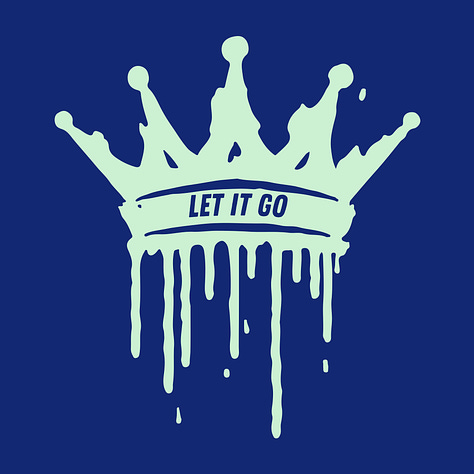
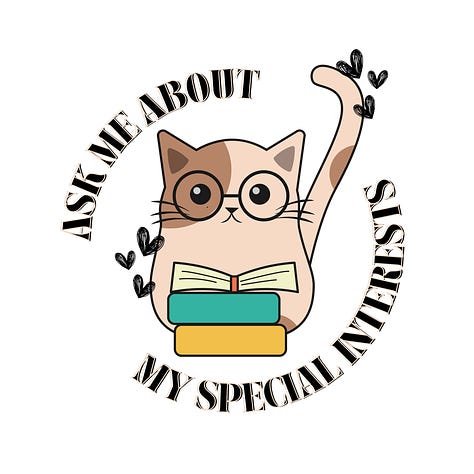
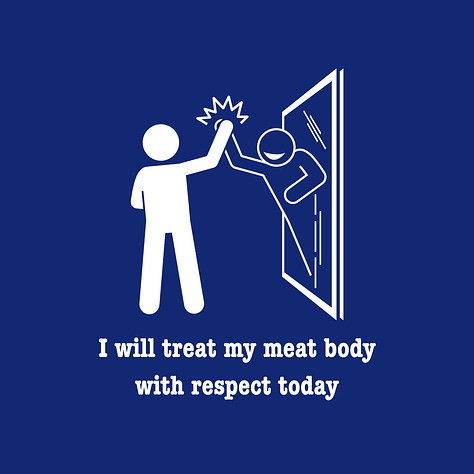


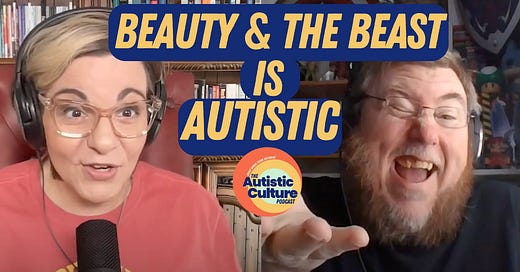
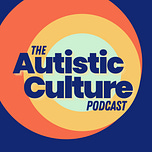




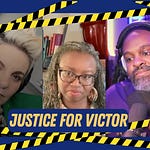
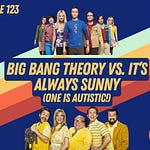
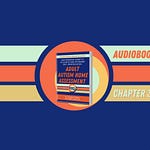



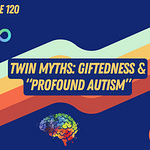
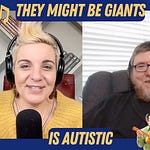
Share this post